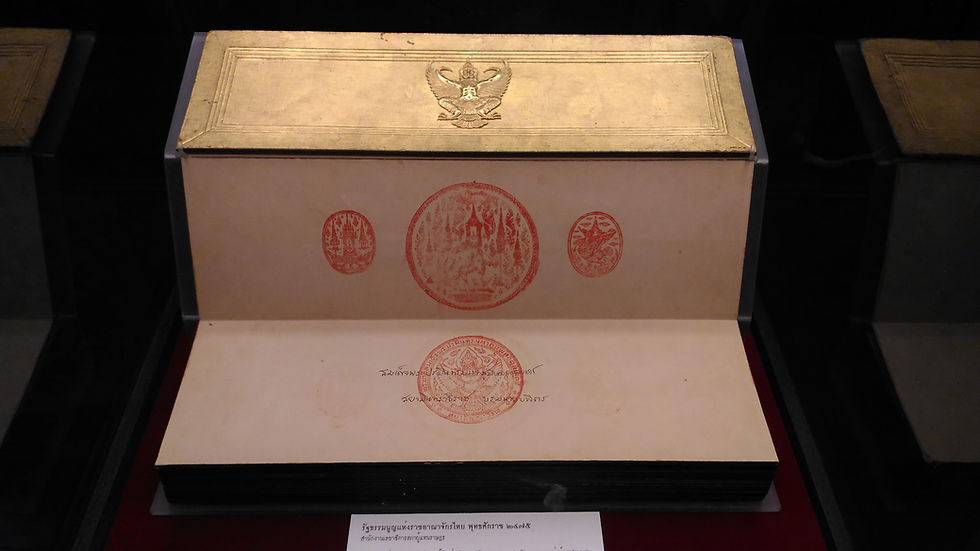Partisan Patterns and Malapportionment in Thailand's Party List (Part 1)
- thaidatapointscom
- Apr 2, 2015
- 2 min read
By Allen Hicken and Bangkok Pundit
This post is co-authored and cross-posted with Bangkok Pundit.
ral system. One of the striking things about the proposal currently circulating is the malapportionment in the distribution of party list seats across the 6 regions. To recap, the Upper Central and Lower Northeast regions are highly over-represented (getting many more seats than their population would warrant) while the Lower Central, North and Upper Northeast regions are highly under-represented. The number of seats being allocated to the South is relatively proportional to its population. (See Table 1 here for a breakdown of the provinces within each region).
The obvious question is why the authorities have departed from the past norm of distribution of seats by population (giving Thailand one of the most proportionally distributed parliaments in the world). We could speculate as to why, but we will never know the true reason. However, we can examine who will gain and who will lose from the change. This is what we will do in these posts.
A couple of caveats are in order to start with. 1) Neither of us is privy to the drafters’ motivation behind the plan. 2) It is quite possible that either the CDC or the EC will amend the party list scheme.
With that out of the way let’s turn to the analysis. Whatever the motives behind the malapportioned party list may be, it does not appear to be a simple case of naked partisanship. Figure 1 below summarized the degree to which each of the six regions is over or under-represented by plotting the difference between the share of population and share of seats allocated to each region. The color of each region indicates the results of the 2011 for the provinces in each region. In red regions Pheu Thai captured the largest share of the party list votes, while in blue regions, the Democrat Party was the top vote-getter. Overall, from Figure 1 there does not appear to be any clear partisan pattern.
Let’s take a closer look at how each of the two largest parties performed in each of the 6 regions. Perhaps the margins of victory for Pheu Thai/Democrats are systematically different in the over and under-represented regions. Table 1 displays the party list vote share for each of the two largest parties in 2011 in each region, as well as the share of total seats the party won in the region (this refers to both constituency and party list seats). The table offers only weak support for idea that pro-Democrat or anti-Pheu Thai sentiment is driving this proposal. In 2011 Pheu Thai performed a little worse in the over-represented areas and a little better in the under-represented, but the pattern is the same for the Democrats. If the primary motivation was to tilt things in favor of the Democrats we would expect a very different pattern, and we would expect to see the South as one of the over-represented regions, which it is not.
So if changing the balance of power between the two largest parties is not the primary motivation behind the malapportioned party list, what is? We will pick up this question in the next post.



Comments